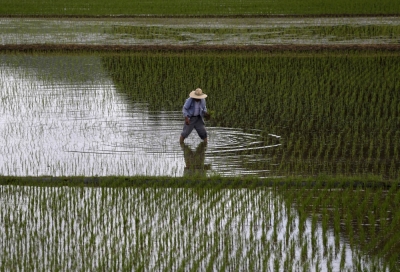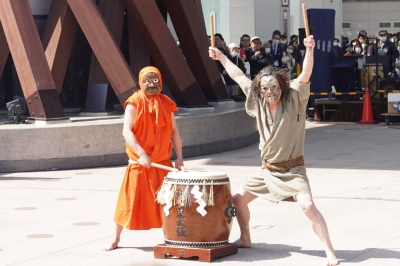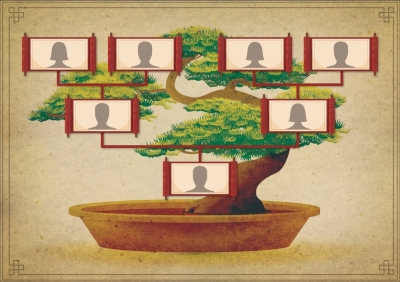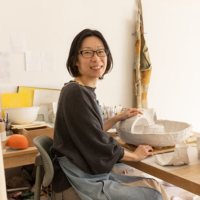THE ASIAN BOOKSHELF
Jan 7, 2007
Dec 24, 2006
Dec 17, 2006
Dec 10, 2006
Dec 3, 2006
Nov 26, 2006
Oct 1, 2006
Sep 24, 2006
Sep 17, 2006
Sep 10, 2006
Sep 3, 2006
Aug 27, 2006
Aug 20, 2006
Aug 13, 2006
Aug 6, 2006
Jul 30, 2006
Jul 23, 2006
Jul 16, 2006
Jul 9, 2006















